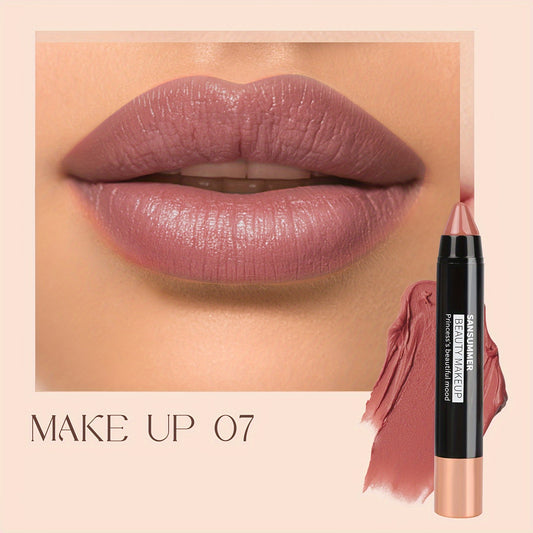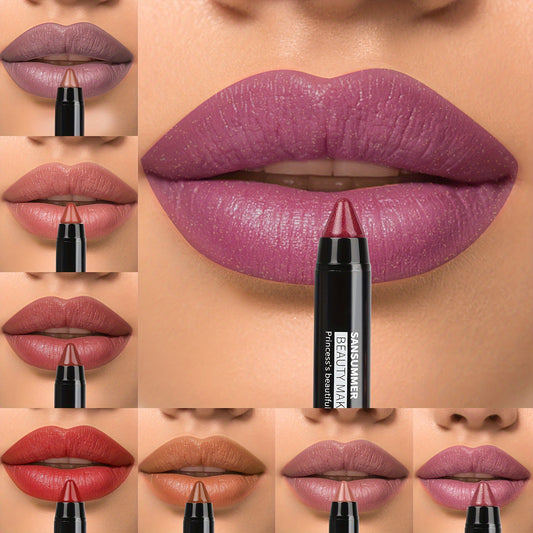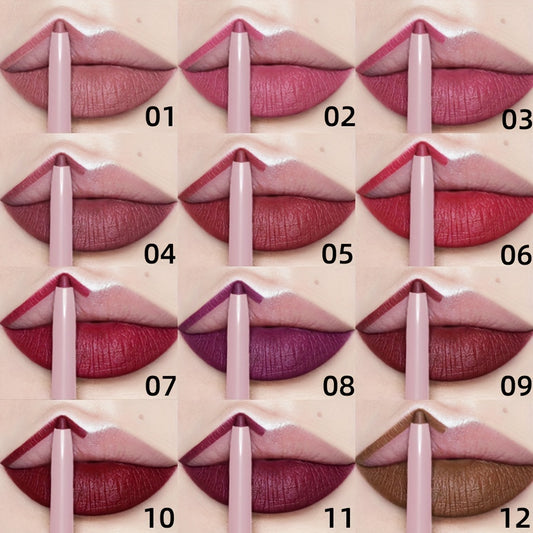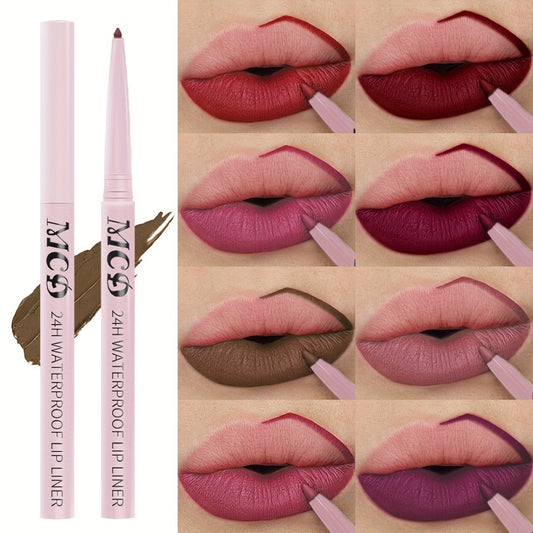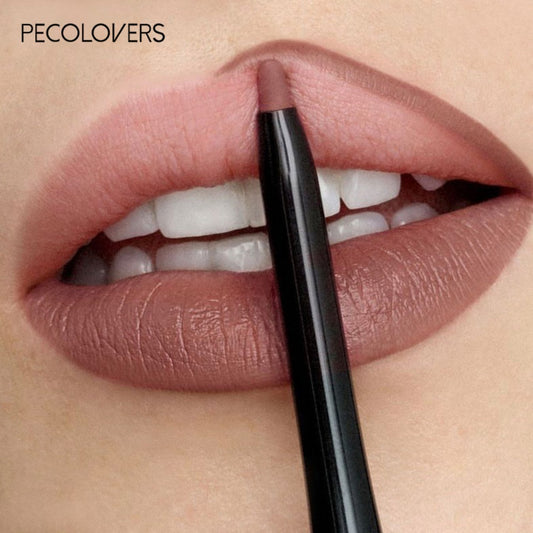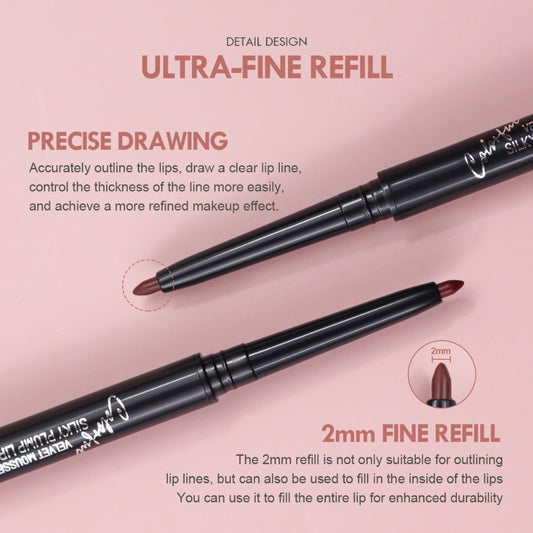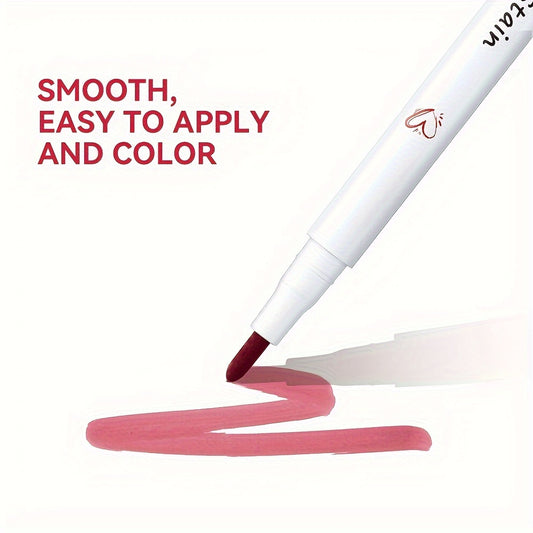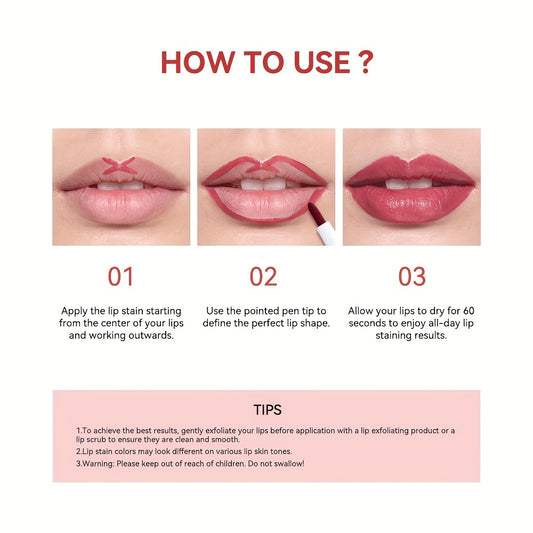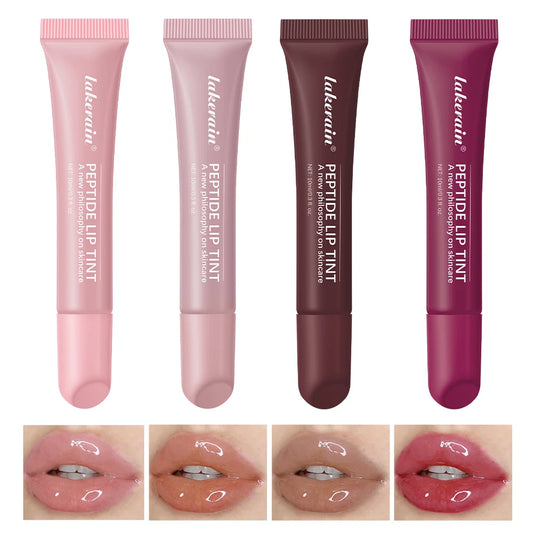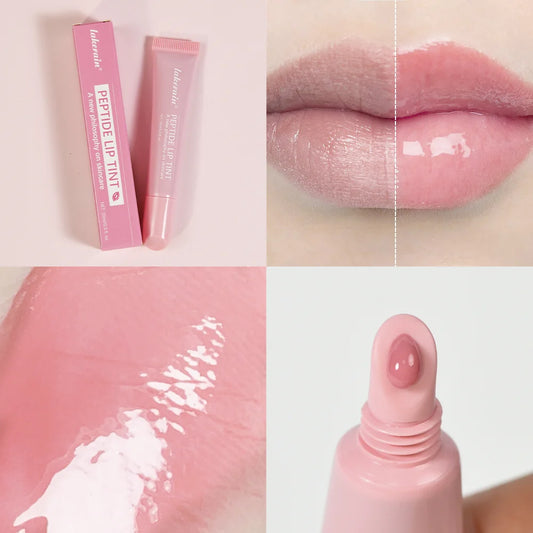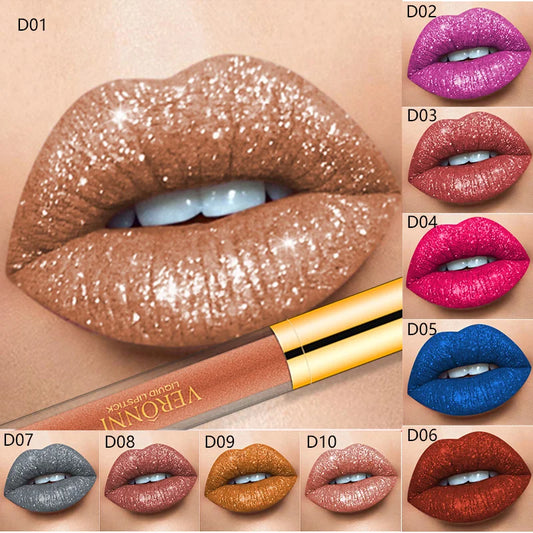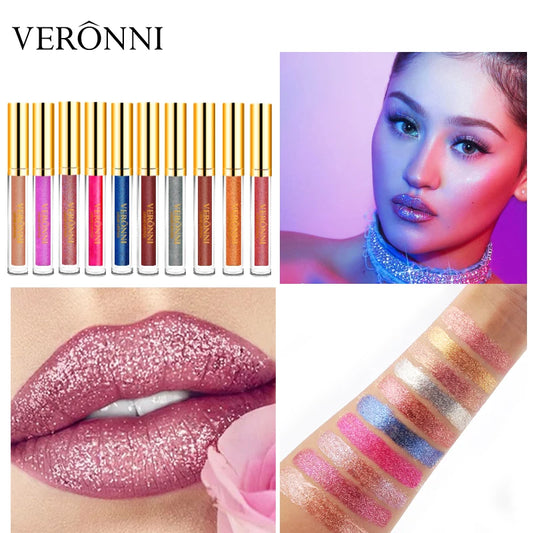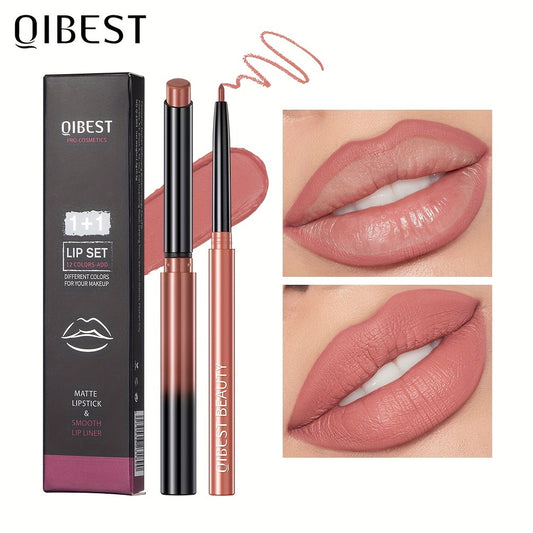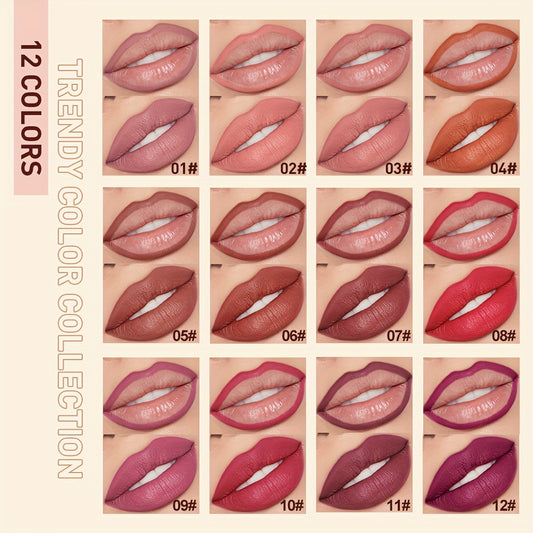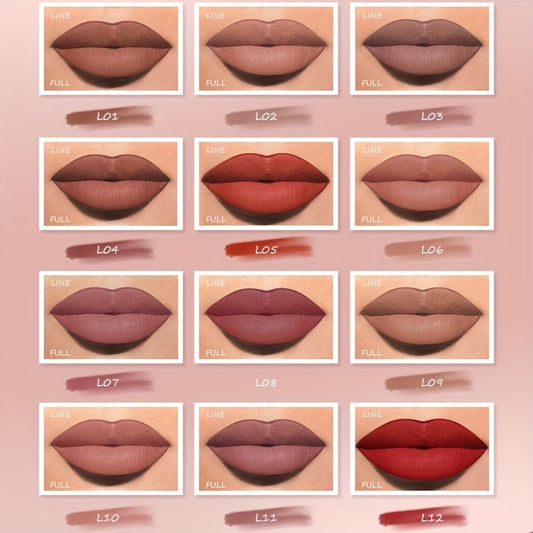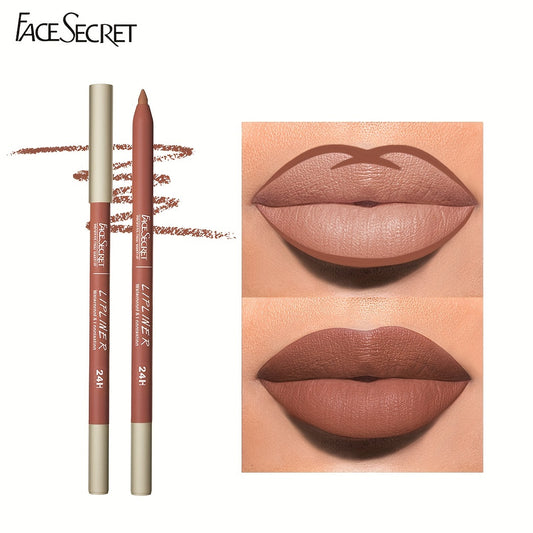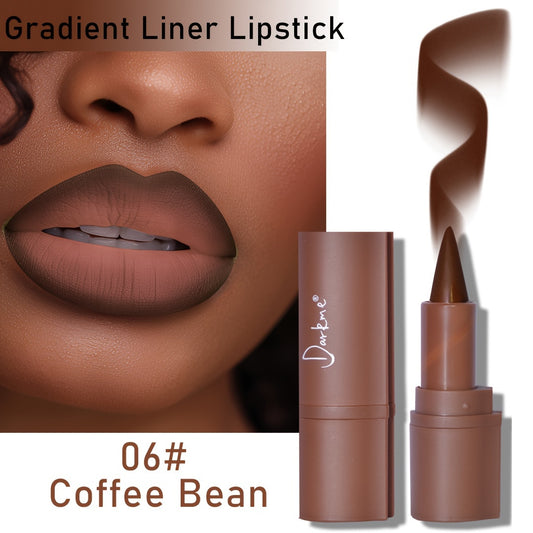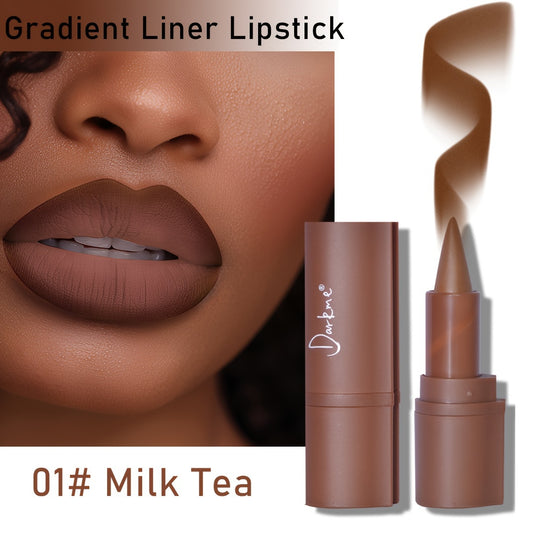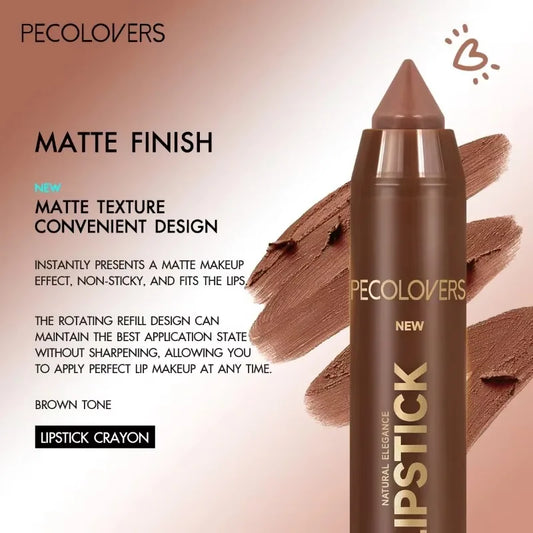Craft Your Own: A Simple Guide on How to Make Lip Balm DIY
Share
Have you ever looked at your favorite lip balm and wondered what's actually in it? Or maybe you've thought about making your own beauty products. Well, you're in luck! Learning how to make lip balm DIY style is actually pretty straightforward. It's a fun way to control the ingredients and get exactly the scent and feel you like. Plus, it's a lot cheaper than buying fancy brands. Let's get started on making your own soothing lip balm!
Key Takeaways
- You can easily create your own lip balm using natural ingredients like beeswax, butters, and oils.
- A double boiler setup is helpful for safely melting your base ingredients without burning them.
- Customizing your lip balm with essential oils for scent and flavor is simple and fun.
- Adjusting the amount of beeswax can change the firmness of your final lip balm.
- Homemade lip balm typically lasts about a year when stored properly in a cool, dry place.
Gathering Your Lip Balm Ingredients
Before you can start whipping up your own lip balm, you need to get your hands on the right stuff. It's not complicated, but knowing what goes into it makes a big difference. Think of it like baking – you need the right flour and sugar to get a good cake, right? Lip balm is similar.
Essential Oils for Scent and Flavor
Essential oils are what give your lip balm that nice smell and taste. You don't need much, just a few drops can go a long way. Some popular choices include peppermint for a tingly feel, lavender for a calming scent, or even sweet orange for a bit of citrusy brightness. Just be sure to use ones that are safe for skin application. You can mix and match, too, if you're feeling adventurous!
Choosing Your Butters and Oils
This is where the moisturizing magic happens. You'll want a mix of solid butters and liquid oils. Butters like shea, cocoa, or mango butter give your balm a nice creamy texture and are packed with good stuff for your lips. For liquid oils, think sweet almond, jojoba, coconut, or olive oil. They help the balm glide on smoothly and keep your lips hydrated. A good starting point is a ratio of about 3 parts liquid oil to 1 part solid butter, but you can totally play around with this to get the consistency you like.
| Ingredient Type | Examples |
|---|---|
| Solid Butters | Shea Butter, Cocoa Butter, Mango Butter |
| Liquid Oils | Jojoba Oil, Coconut Oil, Olive Oil, Almond Oil |
The Role of Beeswax in Lip Balm
Beeswax is the binder that holds everything together and gives your lip balm its solid form. It also creates a protective layer on your lips, helping to lock in moisture. Without it, your balm would just be a greasy oil. You typically use about 1 part beeswax to your oils and butters. If you want a firmer balm, especially for warmer weather, you might add a little more beeswax. If it feels too stiff, you can always melt it down and add a bit more oil.
Beeswax is a natural ingredient that provides structure and protection to your homemade lip balm, making it a key component for a lasting and effective product.
Essential Equipment for DIY Lip Balm

Getting your DIY lip balm project off the ground doesn't require a whole lot of fancy gear. You probably have some of the basics already sitting in your kitchen. The key is to have items that can handle gentle heat and allow for precise pouring.
Creating a Double Boiler Setup
This is probably the most important setup you'll need. You don't want to melt your precious oils and butters directly over a flame, as they can burn easily and lose their good qualities. A double boiler setup provides a gentle, indirect heat. You can easily make one yourself:
- Get a small saucepan: This will hold your water.
- Find a heat-safe bowl: A glass measuring cup with a spout is ideal, but a glass or metal bowl that fits snugly over the saucepan works too. Make sure the bottom of the bowl doesn't touch the water.
- Add water to the saucepan: Fill it about a quarter of the way full.
- Place the bowl on top: Put your ingredients in this bowl. Then, set the bowl over the saucepan.
- Heat gently: Use medium heat. The steam from the simmering water will gently melt your ingredients.
This method is like giving your ingredients a warm bath instead of a scorching hot shower. It protects them from burning and ensures a smooth, even melt.
Selecting Your Lip Balm Containers
Once your balm is ready, you need something to put it in! The most common choices are lip balm tubes or small metal tins. Both have their pros and cons:
- Lip Balm Tubes: These are the classic twist-up kind. They're convenient for on-the-go application. If you're using tubes, consider getting a lip balm filling tray. It's a small gadget that holds several tubes upright, making pouring much neater and easier. Without one, you can try grouping tubes together with a rubber band, but it's a bit trickier.
- Metal Tins: These are small, round containers, sometimes with screw-on lids or slide-tops. They're a bit more eco-friendly as they're reusable and often made of metal. Pouring into tins can be a little less messy than tubes if you don't have a filling tray.
Helpful Pouring Tools
While you can pour directly from your melting bowl, a few extra tools can make the process much cleaner and more professional-looking:
- Glass Measuring Cup with Spout: As mentioned, this is fantastic for pouring into tubes because the spout gives you control. It also makes pouring into tins easier.
- Small Funnel: If your melting bowl doesn't have a spout, a small funnel can help direct the liquid balm into your containers without making a mess.
- Pipettes or Droppers: For adding essential oils or other liquid additives, a small pipette or dropper gives you precise control over the amount you add.
- Paper Towels or Disposable Plates: Keep these handy under your containers while pouring. Trust me, wax drips happen, and you'll be glad you have something to catch them on your workspace.
The Simple Process of Making Lip Balm
Alright, let's get down to business and actually make some lip balm! It's not as complicated as it might sound, honestly. The whole process is pretty straightforward, and before you know it, you'll have your own custom balm ready to go.
Melting Your Base Ingredients
First things first, you need to melt your solid ingredients together. The best way to do this without scorching anything is by using a double boiler. You can easily make one yourself by putting a heat-safe bowl (like glass or metal) over a saucepan that has a little bit of water in it. Heat the water gently over medium heat. Add your chosen butters, oils, and beeswax pellets to the bowl. Stir them occasionally until everything is completely melted and combined into a smooth liquid. It’s a good idea to put some paper towels or a disposable plate under your containers now, just in case any of the melted mixture drips while you're pouring later.
Adding Custom Scents and Flavors
Once everything is melted and you've taken the bowl off the heat, this is your moment to add any essential oils for scent or flavor. Just a few drops usually do the trick. Give it a gentle stir to mix them in. Remember, you can always add more if you want a stronger scent, but you can't take it away if you add too much at first. So, start small!
Pouring and Cooling Your Balm
Now for the fun part: pouring! Carefully pour the warm, liquid mixture into your lip balm containers. If you're using tubes, a steady hand is key, or you can get a special filling tray to make it easier. If you're using tins, just pour them in. Let the containers sit undisturbed for a bit. They need time to cool down and solidify completely. This usually takes about 15-30 minutes, depending on how much you made and the room temperature. Once it's firm to the touch, your lip balm is ready to be capped and used. The key is patience during the cooling phase to get a smooth finish.
Here’s a quick rundown of the basic steps:
- Combine your butters, oils, and beeswax in a heat-safe bowl.
- Gently melt the mixture using a double boiler.
- Remove from heat and stir in your essential oils.
- Carefully pour the liquid balm into your containers.
- Allow the balm to cool and harden completely.
Making your own lip balm is a rewarding process. It allows you to control exactly what goes onto your lips, avoiding ingredients you might not want. Plus, the satisfaction of using something you made yourself is pretty great.
If you're looking for a ready-made option that's still natural, consider trying Badger classic lip balm. It's a good example of a quality product you can aim to replicate at home.
Customizing Your Homemade Lip Balm
So, you've got the basic lip balm down. That's awesome! But what if you want to make it yours? This is where the fun really begins. You can tweak the texture, make it vegan, or even add extra goodies for your lips. It's all about playing with the ingredients to get exactly what you want.
Adjusting Balm Firmness
Ever made a batch that was too hard or too soft? It happens! The key to getting the firmness just right is all about the beeswax. More beeswax means a firmer balm, less means a softer, more melty one. It's a simple ratio game.
Here's a general idea:
| Ingredient | Standard Firmness | Firmer Balm | Softer Balm |
|---|---|---|---|
| Beeswax | 1 part | 1.5-2 parts | 0.5-0.75 part |
| Carrier Oils | 3 parts | 3 parts | 3 parts |
| Solid Butter | 1 part | 1 part | 1 part |
Remember, these are starting points. If your first try isn't perfect, just remelt it and add a bit more beeswax or oil until you're happy. It's a bit of trial and error, but totally worth it.
Creating a Vegan Lip Balm Alternative
Not everyone uses beeswax, and that's totally fine! You can easily swap it out for a plant-based wax. The most common substitute is candelilla wax. It's a bit harder than beeswax, so you'll need less of it.
- The Swap: Use about half the amount of candelilla wax compared to beeswax. So, if your recipe calls for 1 tablespoon of beeswax, try about 1/2 tablespoon of candelilla wax.
- Why it works: Candelilla wax provides a similar protective barrier and firmness to your lip balm.
- Considerations: Candelilla wax can sometimes make the balm a little harder, so you might want to slightly increase your liquid oils if you find it too stiff.
Exploring Additional Beneficial Ingredients
Beyond the basics, there are tons of other things you can add to give your lip balm extra oomph. Think about what your lips need most.
- Vitamin E Oil: This is a great antioxidant and can help extend the shelf life of your balm. Just a few drops are usually enough.
- Castor Oil: A little bit of castor oil can add a lovely shine and make the balm glide on super smoothly. It's a personal favorite for that glossy finish.
- Natural Colorants: Want a hint of color? You can infuse oils with things like alkanet root for a pinkish tint or use cocoa powder for a chocolatey hue and color. Just be careful not to use too much, or it might stain your lips.
Experimenting with these additions can transform a simple lip balm into a truly personalized lip treatment. It's amazing what a few extra drops can do!
Storing and Enjoying Your Creations
So you've gone through the whole process, from melting to pouring, and now you have these lovely little pots or tubes of homemade lip balm. That's awesome! Now, let's talk about keeping them in good shape and actually using them.
Understanding Lip Balm Shelf Life
Your homemade lip balm is generally good for about 6 to 9 months. This really depends on how fresh your ingredients were when you started and how you store the finished product. You won't see mold or anything like that, but you'll know it's past its best when it starts to smell a bit off, like old oil. That's the oils going rancid.
Proper Storage Techniques
To make your lip balm last as long as possible, keep it out of direct sunlight and away from warm spots. That means your purse or car might not be the best long-term storage if it gets hot in there. A cool, dry place is ideal. You can also add a few drops of Vitamin E oil to your melted mixture before pouring. It acts as a natural preservative and helps slow down the oils from going bad.
Tips for Application
Using your lip balm is the best part, right? Whether you used tins or tubes, just swipe it on whenever your lips feel dry. If you made a batch that's a little too firm, warming it in your hands for a second before applying can help. If you're using tins, a clean fingertip works great. For tubes, just twist and apply. Enjoy that smooth, moisturized feeling!
Making your own lip balm is a rewarding process, and taking a little care in how you store it means you can enjoy its benefits for longer. It's all about keeping those natural ingredients happy and protected from things that can make them go bad too quickly.
Once you've finished making your amazing lip balms, it's time to keep them safe and sound. Proper storage helps them last longer and stay fresh. Want to learn more about keeping your creations in top shape? Visit our website for tips and tricks!
Your Lips Will Thank You
So there you have it! Making your own lip balm is pretty straightforward, right? You can whip up a batch with just a few things from your kitchen and customize it however you like. Think about it – no more guessing what’s actually in the store-bought stuff. Plus, these little tubes or tins make for really thoughtful, handmade gifts. Give it a try, play around with different oils and scents, and enjoy having soft, happy lips all year round. It’s a small project that really pays off.
Frequently Asked Questions
What are the main ingredients needed for homemade lip balm?
You'll need a few key things: a wax like beeswax (or candelilla wax for a vegan option), a solid butter such as shea or cocoa butter, and a liquid oil like coconut, almond, or jojoba oil. You can also add essential oils for scent and flavor.
How do I melt the ingredients together safely?
The best way is to use a double boiler. This means putting a heat-safe bowl or jar over a pot with a little bit of water in it. Heat the water gently, and the steam will melt your ingredients without burning them.
Can I make lip balm without beeswax?
Yes, you can! For a vegan version, swap out beeswax for candelilla wax. Just remember to use about half the amount of candelilla wax compared to beeswax, as it's a bit harder.
How do I make my lip balm firmer or softer?
To make it firmer, add a little more beeswax. If you want it softer and more moisturizing, use less beeswax or add a bit more liquid oil.
How long does homemade lip balm last?
When stored in a cool, dry place, your homemade lip balm can last up to a year or even two years, especially if you add a little vitamin E oil, which helps preserve it.
What are some good scent or flavor options for lip balm?
Peppermint and lavender are popular choices for their pleasant smells and soothing qualities. You can also experiment with citrus oils like lemon or orange for a fresh scent, but use them sparingly as they can sometimes make lips more sensitive to the sun.

